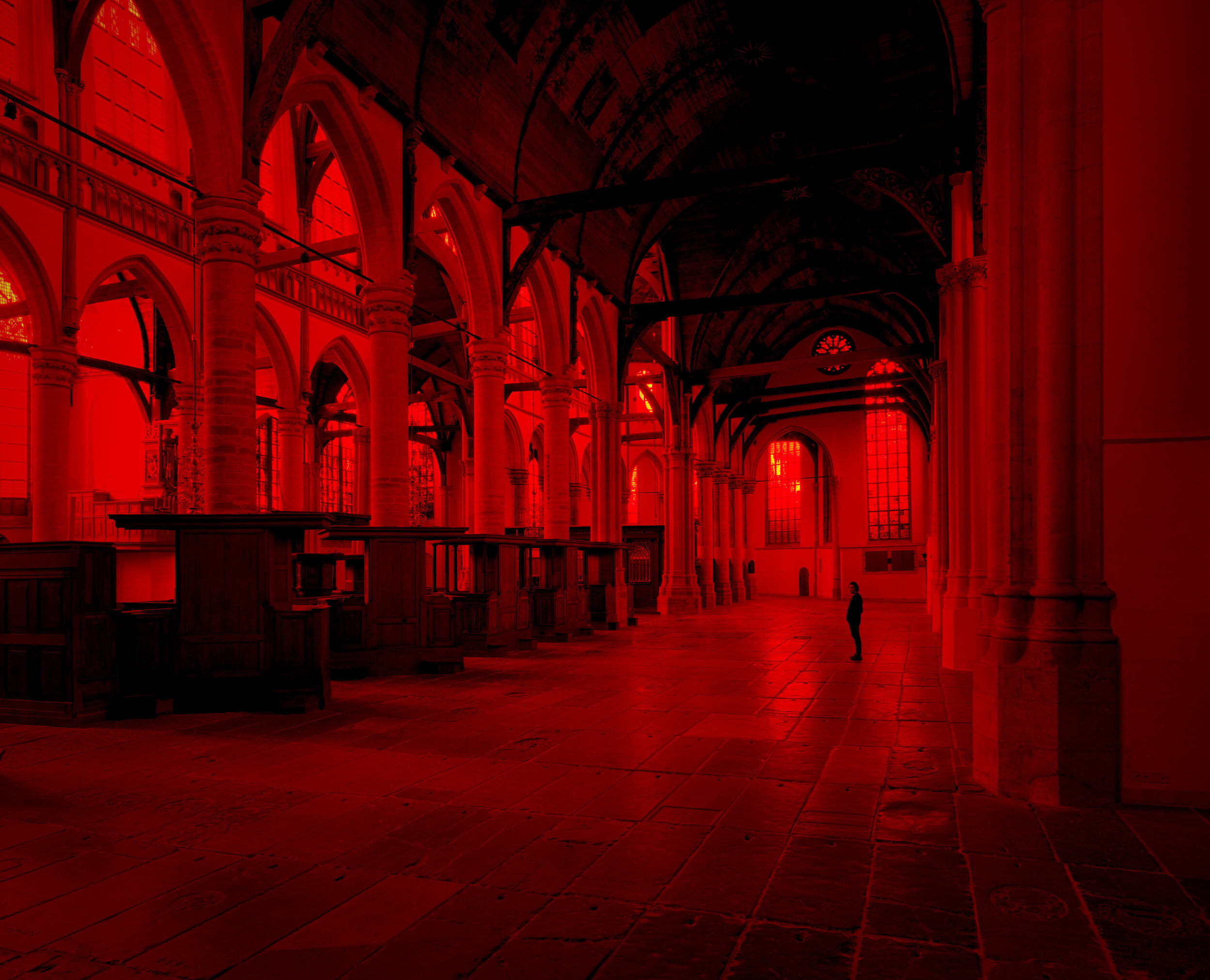
Anástasis / ἀνάστασις, 2018
Site specific installation at the Oude Kerk Amsterdam
Photo: Gert Jan van Rooij
Anástasis / ἀνάστασις, 2018
The Oude Kerk, Amsterdam, presents Anástasis / ἀνάστασις, a monumental new commission by Giorgio Andreotta Calò (b. Venice, 1979). Calò has devised a site-specific work that effects a drastic alteration to the church’s interior. During the summer months, visitors to the interior of the church will be bathed in an ocean of red light. Late in the evening the red light is emitted from the church, coalescing with that of the district surrounding the church. Throughout the summer the church shares in this light and shade: interior and exterior circulate around each other, to the rhythm of sunlight and its inversion.
With the red light Calò brings the Roman Catholic visual idiom back into the building and reflects on the Iconoclastic Fury of 1566 and the revolution in religious thinking. It is like a flashback to the Roman Catholic era that preceded the ‘Alteration’ of 1578, when Amsterdam’s Protestants deposed the Catholic city government and parish churches and chapels passed into Protestant hands and were given new names. Ever since, the city’s oldest parish church, the Church of St Nicholas, has also been known as the Oude Kerk – the Old Church. During the exhibition the artist will be using images of the only surviving Catholic stained-glass window, a depiction of the Death of the Virgin Mary, as the point of departure for a new photographic work. The red light provides the same conditions as in a photographic darkroom. The church will serve as studio and darkroom throughout the summer.
The Oude Kerk (a building started in 1306) stands in the midst of the bustling and hectic Red Light District, which with its narrow streets, never-ending hustle and throngs of tourists can have a well-nigh oppressive effect. Once inside the church, it can seem like you are in an oasis of calm, space and history. The monumental glazed windows are one striking feature. In the Middle Ages these were filled with stained glass, so the light penetrated in myriad chromatic variations. The majority of the Oude Kerk’s stained-glass windows were destroyed during the Iconoclastic Fury of 1566, as the Calvinists preferred a stripped-back profession of faith, with little room for imagery or warmth. The colour red largely disappeared and the new glazing in blue, grey or green hues cloaked the interior in a cool light, as it still does today. The work of Giorgio Andreotta Calò offers a novel insight into this history.
Opening: May 24th, 2018, 5-8 pm and running until September 23rd, 2018.
The red stained glass window in the Holy Sepulchre (“Heilig Graf”) is a permanent installation. The chapel was built in 1525 as “props sepulchral domini” (the tomb of Christ). It is a replica of the Holy Sepulchre Church in Jerusalem, where a red light is permanently shining to guard the tomb of Christ.
This exhibition was made possible thanks to the support of the Amsterdam Fund for the Arts (AFK), the Italian Council, the Mondriaan Fund, and the Rijksakademie van beeldende kunsten.
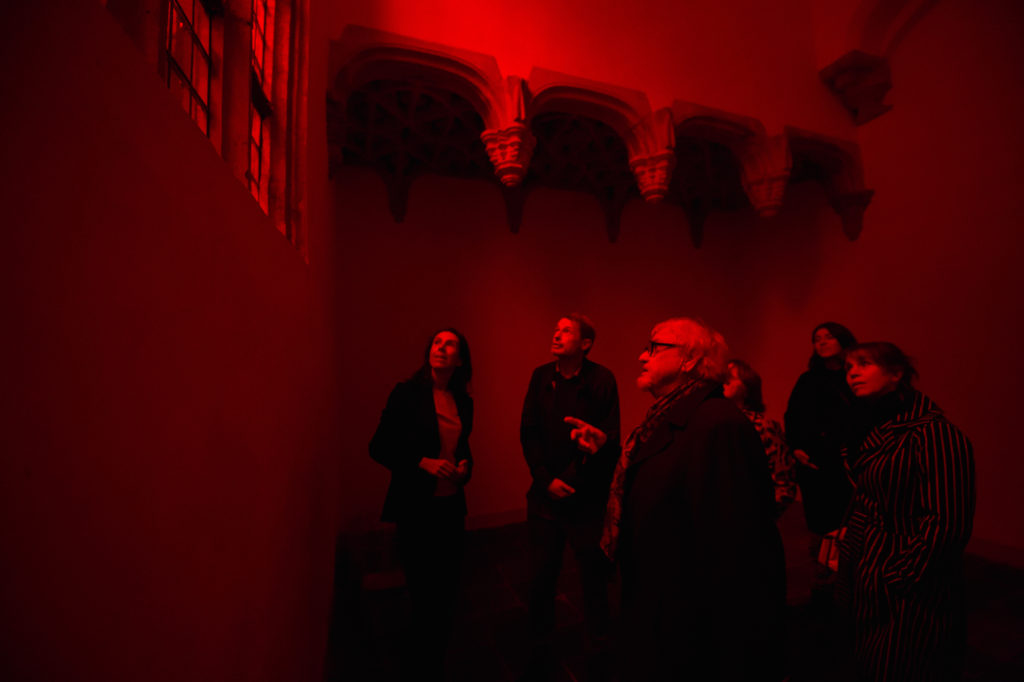
Anástasis / ἀνάστασις, 2018
The red stained glass window in the Holy Sepulchre ("Heilig Graf”) is a permanent installation at the Oude Kerk Amsterdam
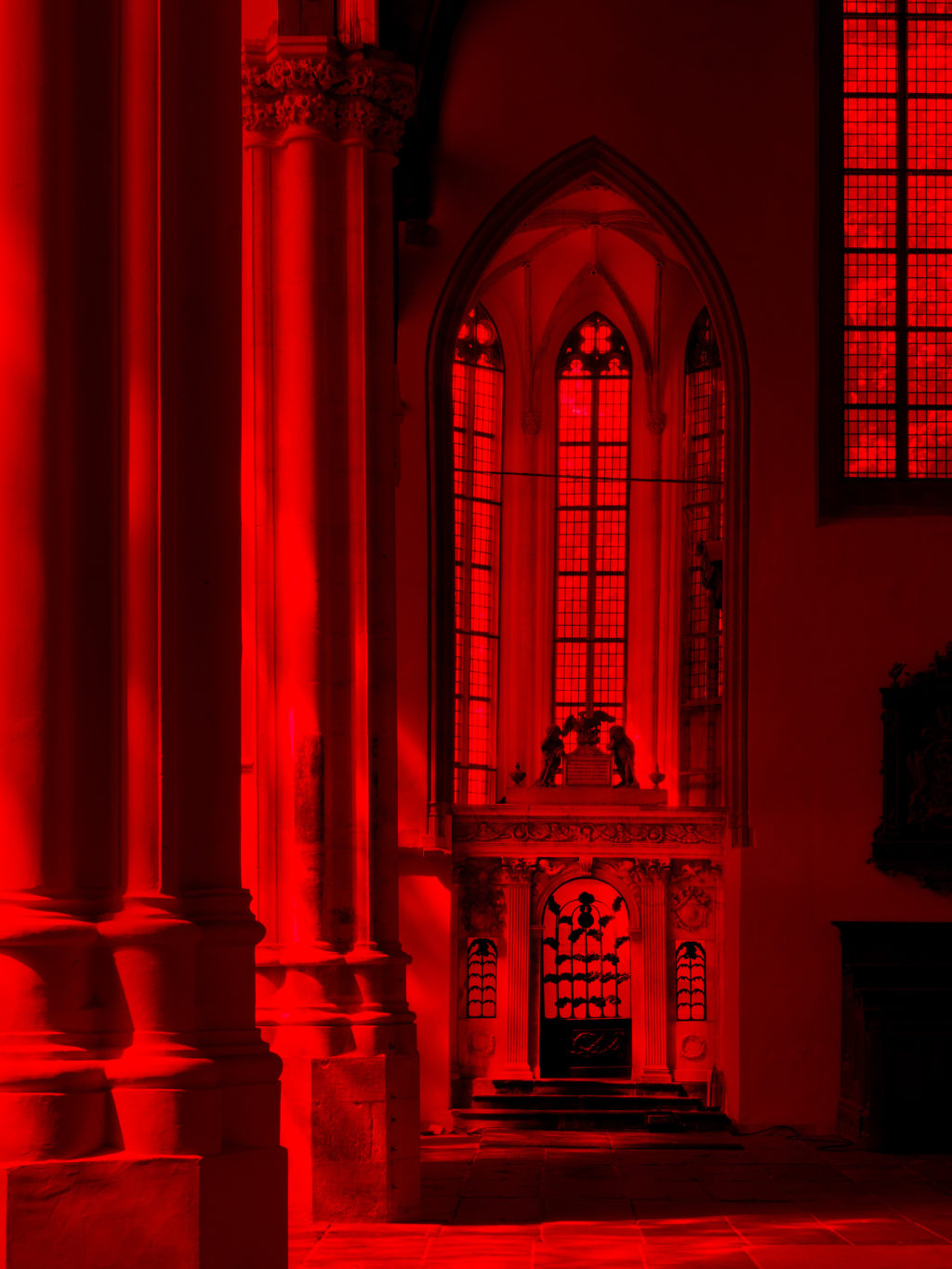
Anástasis / ἀνάστασις, 2018
Site specific installation at the Oude Kerk Amsterdam
Photo: Gert Jan van Rooij

The Holy Sepulchre ("Heilig Graf”) where the red stained glass is permanent.
photo: Maarten Nauw
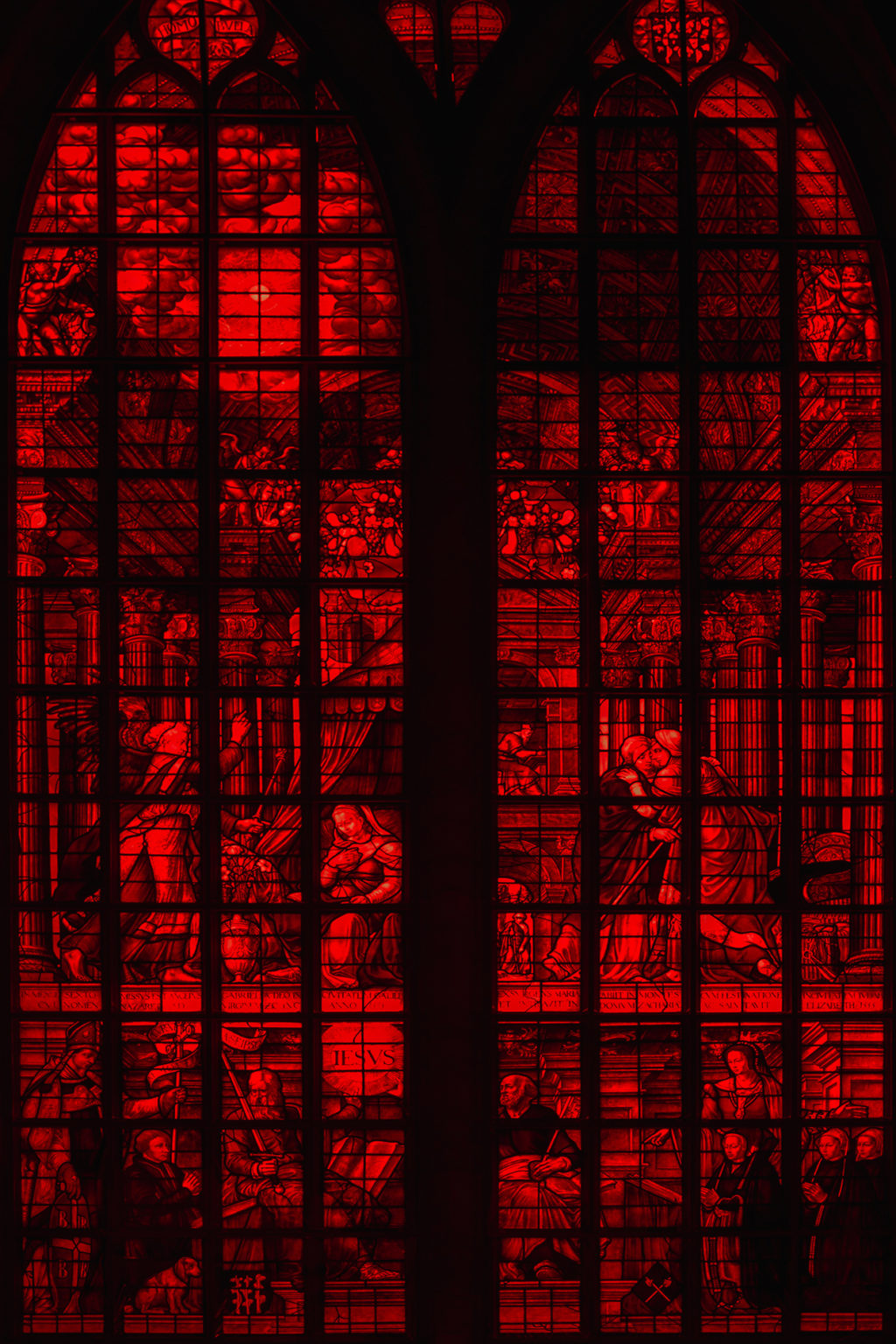
Anástasis / ἀνάστασις, 2018
Site specific installation at the Oude Kerk Amsterdam
Photo: Maarten Nauw
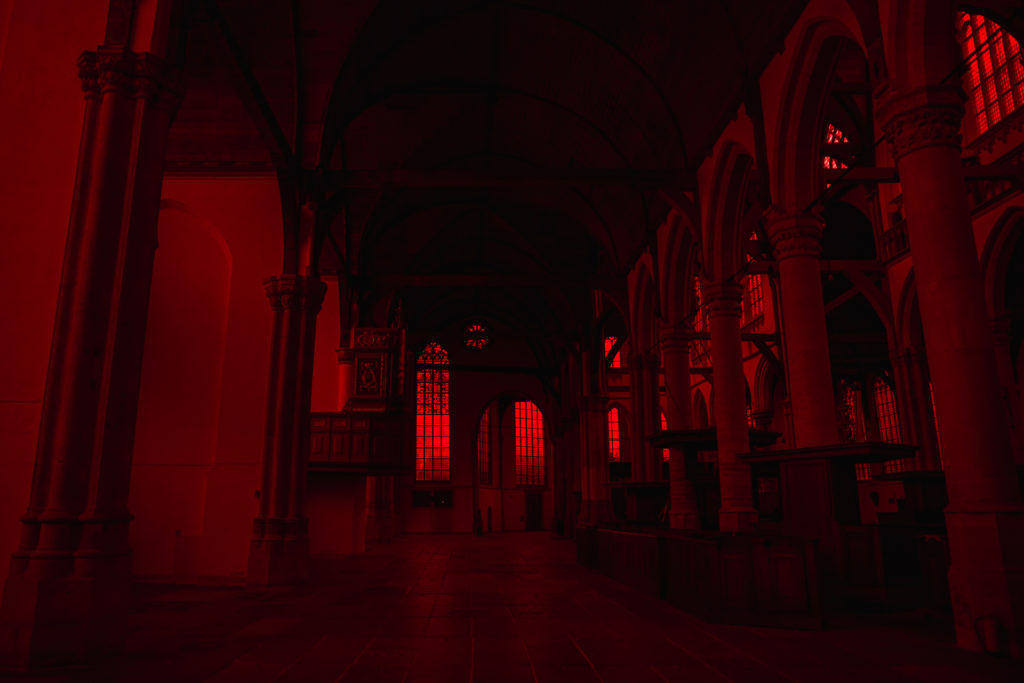
Anástasis / ἀνάστασις, 2018
Site specific installation at the Oude Kerk Amsterdam
Photo: Maarten Nauw
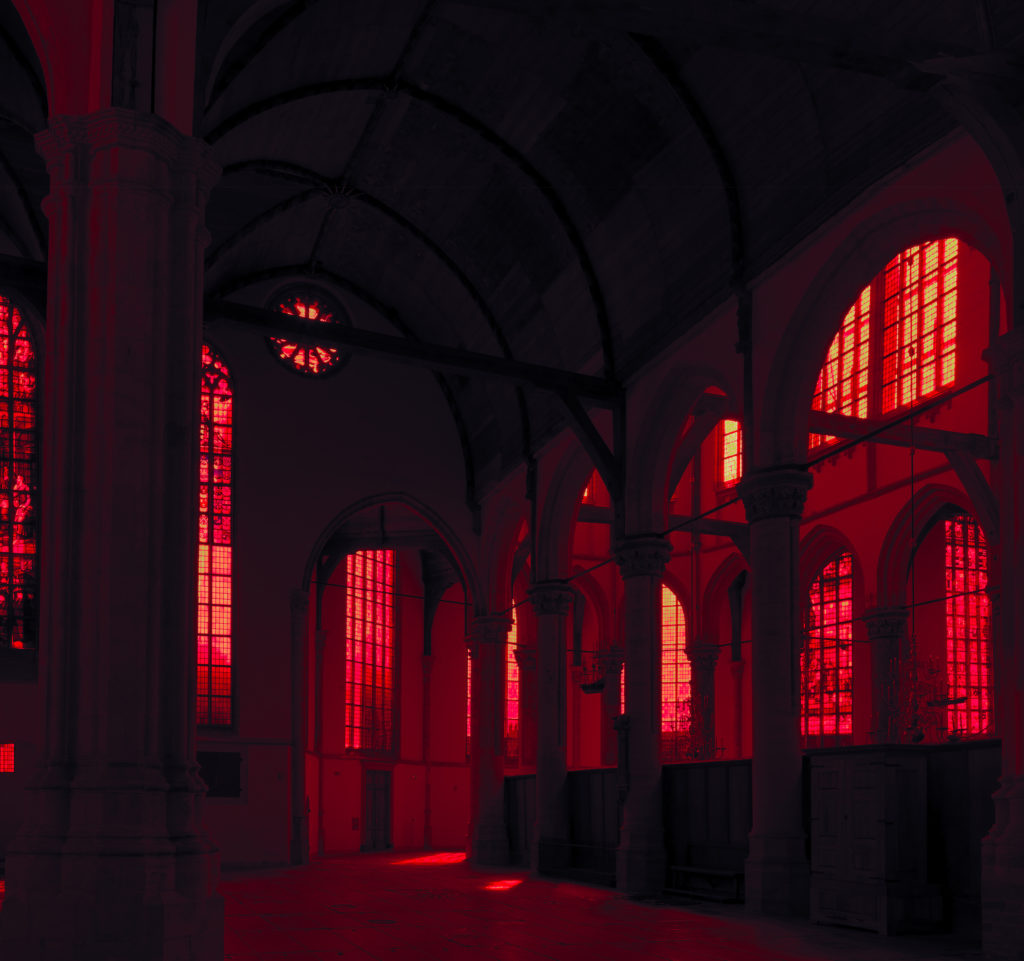
Anástasis / ἀνάστασις, 2018
Site specific installation at the Oude Kerk Amsterdam
Photo: Gert Jan van Rooij
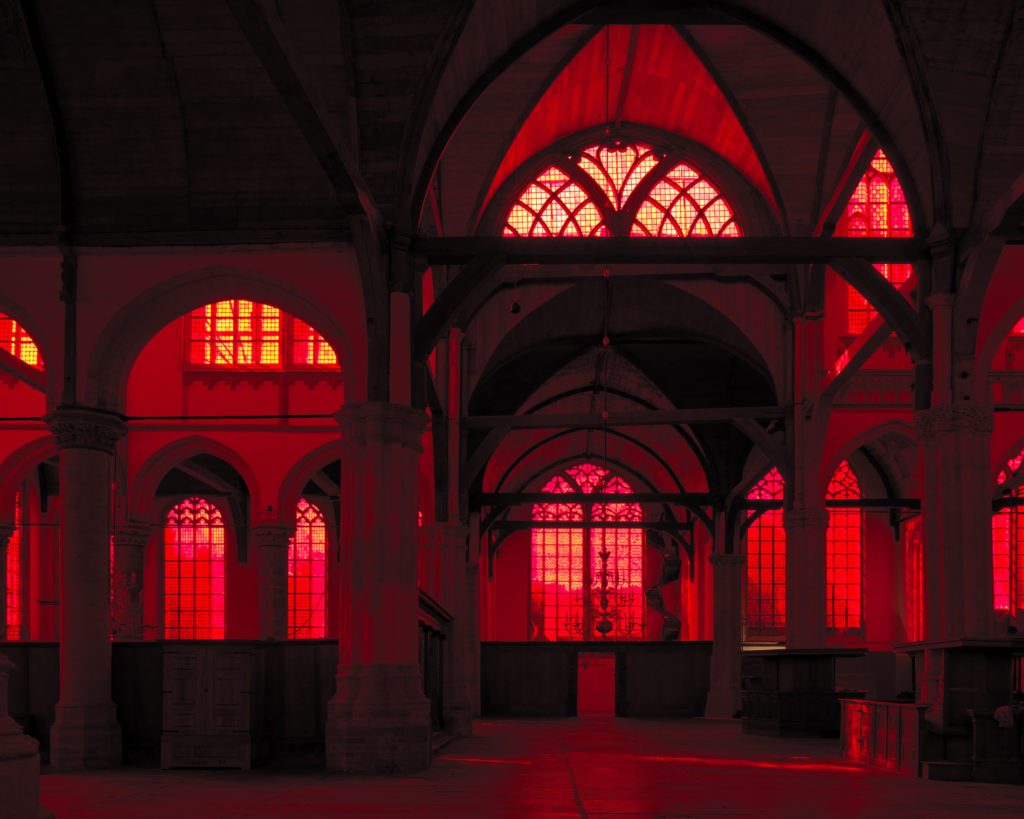
Anástasis / ἀνάστασις, 2018
Site specific installation at the Oude Kerk Amsterdam
Photo: Gert Jan van Rooij
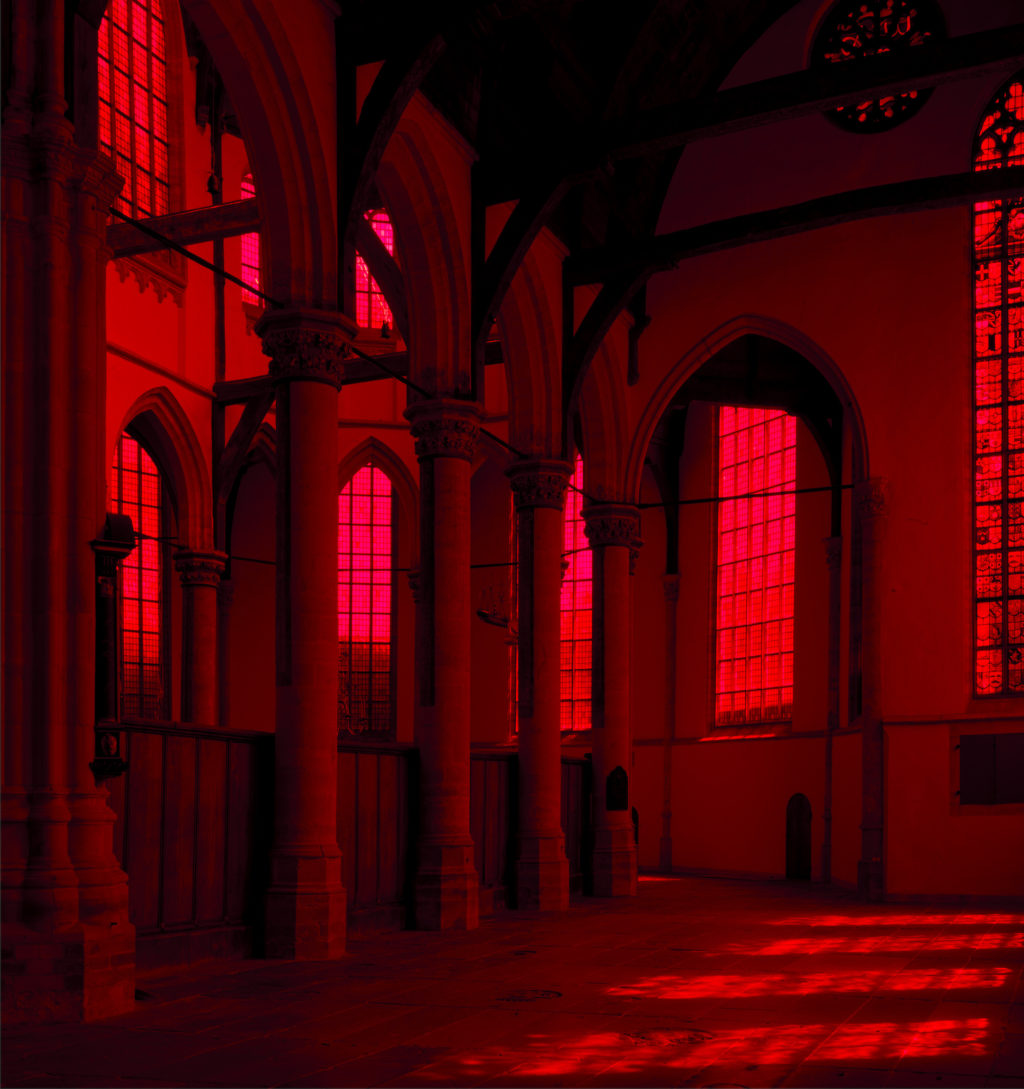
Anástasis / ἀνάστασις, 2018
Site specific installation at the Oude Kerk Amsterdam
Photo: Gert Jan van Rooij
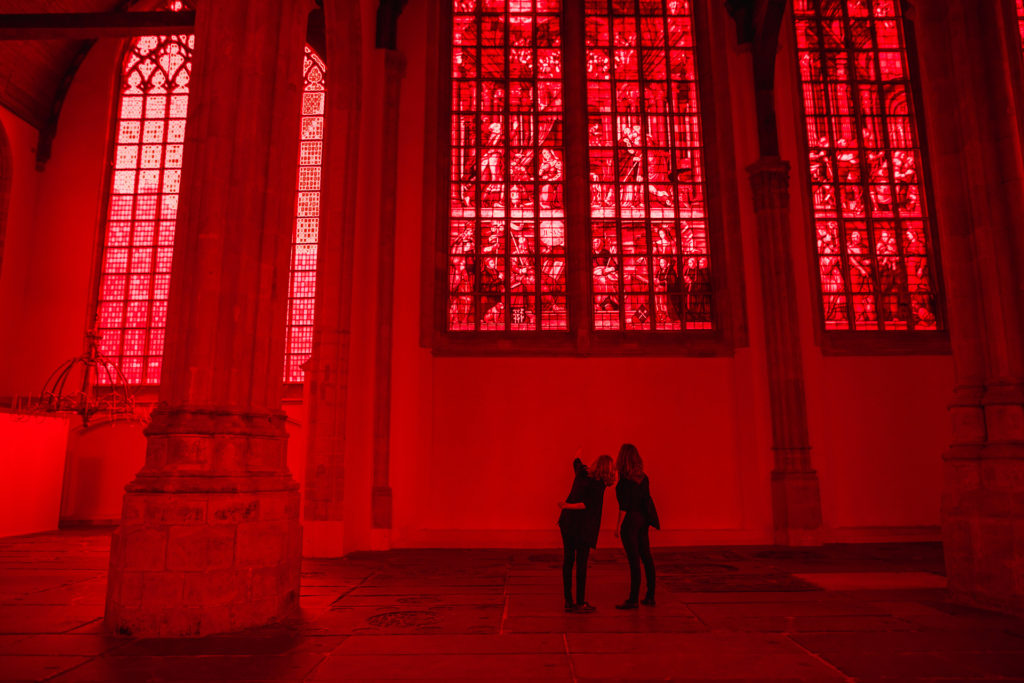
Anástasis / ἀνάστασις, 2018
Site specific installation at the Oude Kerk Amsterdam
Photo: Maarten Nauw
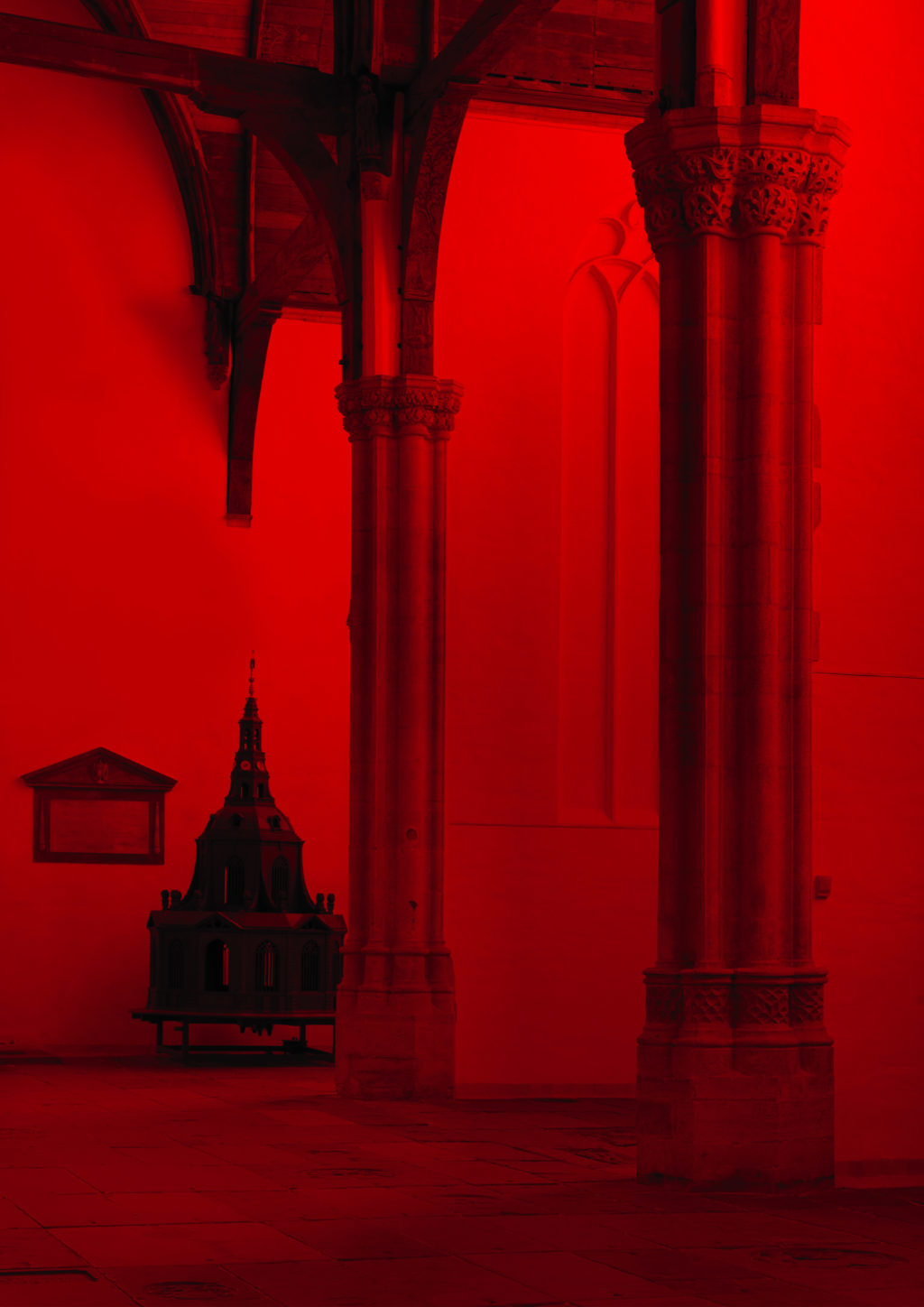
Anástasis / ἀνάστασις, 2018
Site specific installation at the Oude Kerk Amsterdam
Photo: Gert Jan van Rooij

